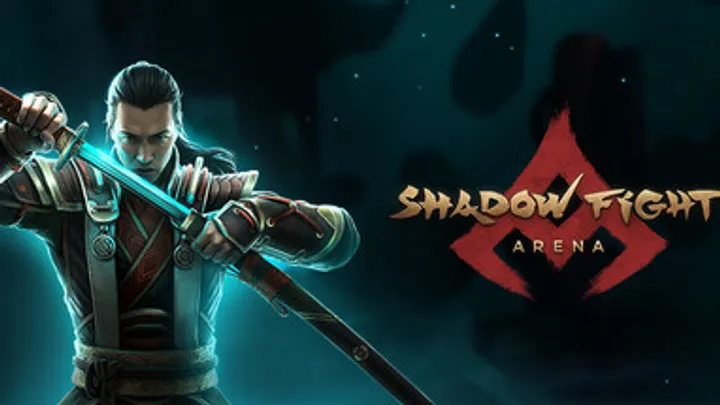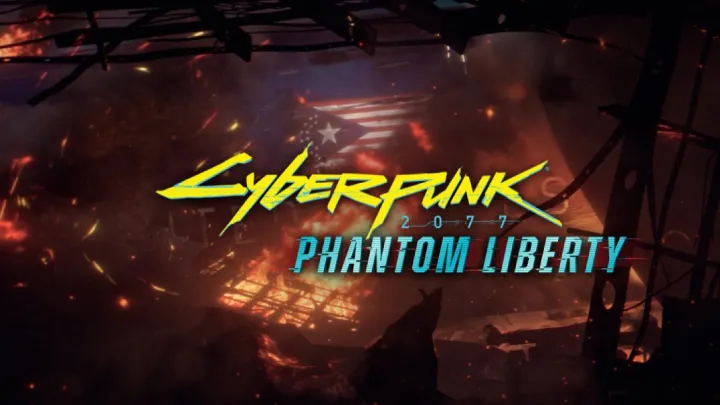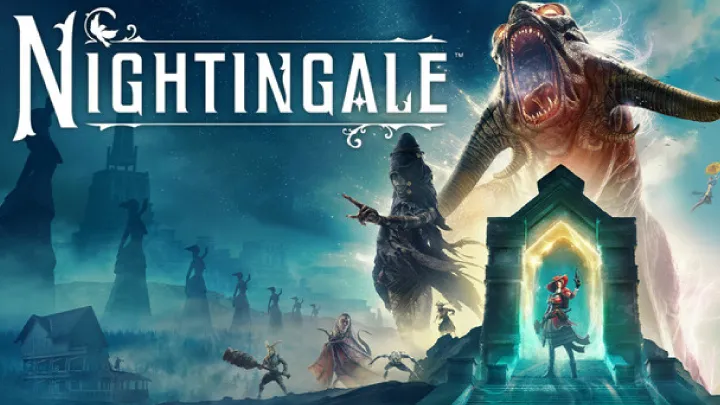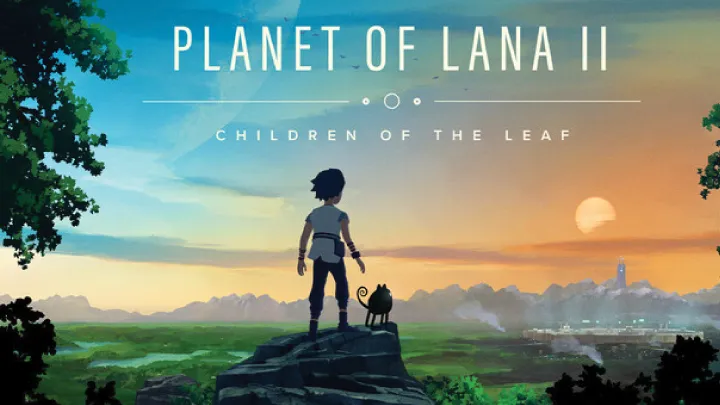Shadow Fight Arena arrived as the next major chapter in the long‑running Shadow Fight franchise. Promising 3D weapon‑based combat, a variety of unique heroes, PvP battles, and a transition from the silhouette art style to fully animated 3D fighters with fluid motion, it looked poised to reinvigorate the series for a new generation.
However, as many players and critics have observed, SFA suffers from a number of serious issues from balance problems, grind-heavy progression, monetization pressure, matchmaking flaws, to repetitive or passive gameplay patterns. These issues collectively shape a gameplay experience that’s often frustrating or uneven. This article dives deeply into those issues and also acknowledges what the game does well to provide a nuanced, detailed analysis.
Section 1: What Shadow Fight Arena Does Right Core Mechanics and Visual Appeal
Shadow Fight Arena’s core combat mechanics the stance‑system, weapon-based combat, “shadow abilities”, and variety of move sets give it a foundation that can be genuinely fun. Every hero offers a distinctive style, and the potential for strategic, timing‑based fights remains one of its strengths.
Visually and technically, the game attempts to deliver “console-level” animations and polished graphics even on mobile/low‑end hardware. According to early reviews, the graphics and animation style were one of the primary positive points.
Furthermore, SFA offers multiple modes ranked PvP, casual PvP, PvP with friends, and a rudimentary story/rogue‑like mode for solo or downtime play. This variety could accommodate both competitive and casual players, offering a flexible experience depending on mood or playstyle.
In summary: when things work as intended the animations play smooth, matchmaking pairs fair opponents, and the match ends cleanly SFA can deliver satisfying fighting gameplay that recalls classic 3D/weapon‑based fighters more than typical mobile “button‑mashers.”
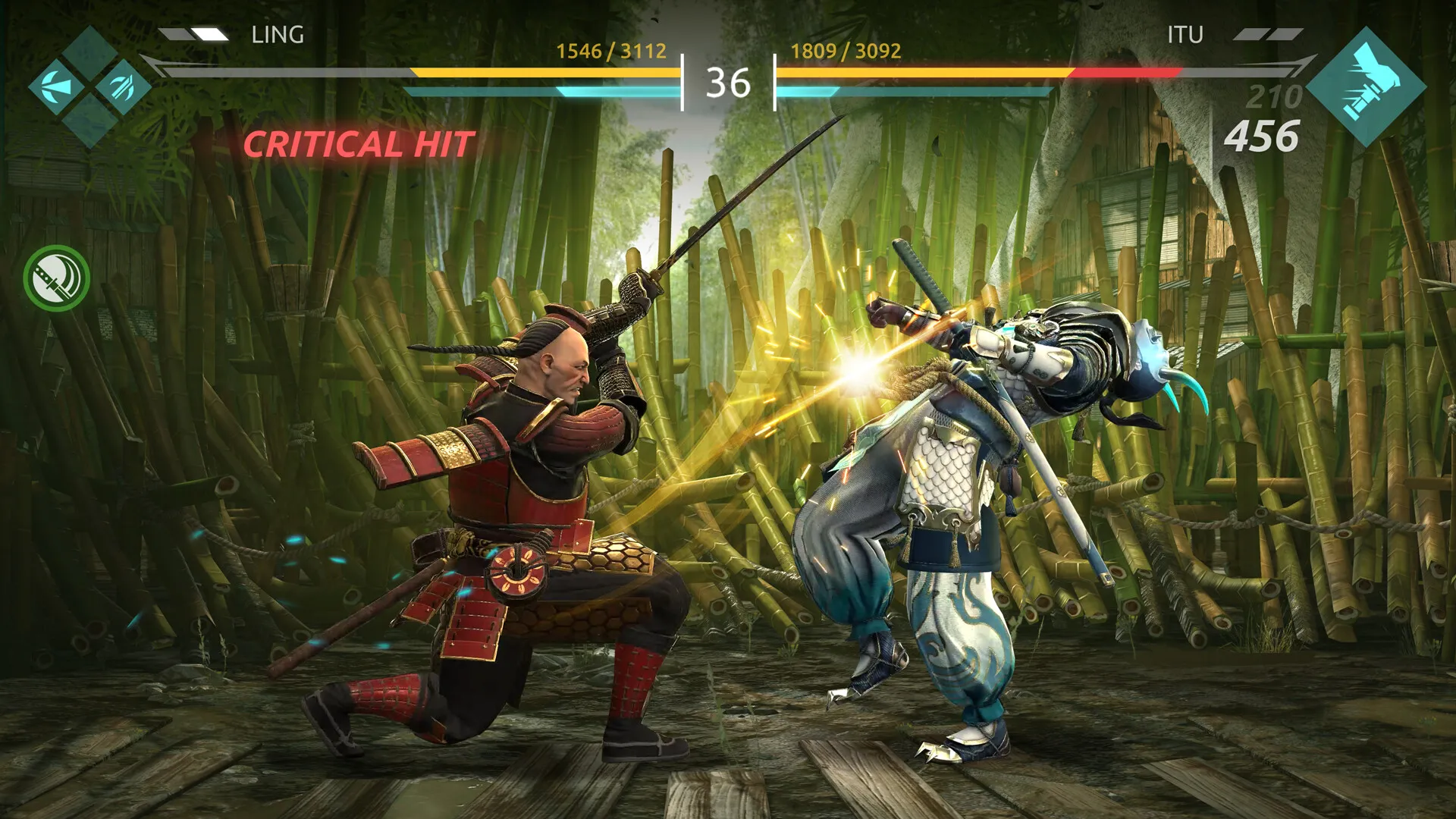
Section 2: Hero Imbalance and “Pay-to-Win” Perception
Despite the promising foundation, one recurring complaint from the community centers on hero imbalance and perceived pay‑to‑win (P2W) mechanics. Many players say that certain heroes often ones with advantageous weapon range, powerful “shadow abilities,” or easier combos dominate, while others are significantly harder to win with unless heavily upgraded or used with tricks.
Criticism often goes beyond “some heroes are stronger.” Quite a few players claim that purely free-to-play paths place them at a major disadvantage relative to those who invest time or money. For example:
- One Reddit user wrote that after grinding just 600 trophies with a mid-level character, they were matched repeatedly against opponents whose fighters had much higher HP and upgrades clearly showing power disparity.
- Others allege that weapon/gear upgrades, shards for talents, and the unlock rate of new characters heavily favor paying or very grinding-focused players.
When balance is tied to upgrades or unlockable buffs rather than pure skill, the game drifts away from a pure fighting‑game ethos and closer to a “who can grind/buy more” model which undermines fairness and degrades long-term appeal for many players.
Section 3: Grind‑Heavy Progression and Slow Unlocks
Beyond balance issues, the progression pace and unlock mechanics have drawn significant frustration. Many players remark that advancing (whether unlocking heroes, upgrading gear, or collecting shards for talents) requires a disproportionately high time investment especially if you aim to stay competitive without spending money.
This slow grind creates a sense of “chasing stats” rather than refining skill. For some players, it becomes less about improving reflexes, combos, or strategy and more about investing time to incrementally buff numbers. That shift tends to reduce satisfaction because it emphasizes persistence over talent or growth.
Also problematic: when progression is too slow, many players lose motivation before they reach a competitive threshold. One user claimed they had to grind months just to unlock a major character, only to face opponents with much stronger gear and stat advantage.
In short: the ideal a balanced competitive field where skill matters becomes gated behind time or spending. That risks alienating both casual players and those unwilling to grind endlessly.
Section 4: Matchmaking Issues and Unfair Pairings
Matchmaking is one of the most contentious aspects of SFA. Many players report being matched repeatedly against opponents with higher-level heroes, better gear, or simply more resources even when their own rank/trophies suggest a more balanced opponent.
There are tales of streaks like: “I win 3–4 fights in a row, then suddenly get matched against a max‑level player and lose big, losing many trophies.”
Such inconsistent matchmaking frustrates players because it disrupts the sense of fair progression. Instead of climbing gradually and feeling rewarded for skill and effort, players feel thrown into unfair matches where victory depends more on gear level than on reflexes or strategy.
This problem is particularly acute for free-to-play or casual players who may not have access to top-tier upgrades or multiple heroes making the game feel skewed toward those who invest heavily (time or money).
Section 5: Passive or “Camping” Playstyles Dominate Hurting the Fighting Game Feel
One of the hallmark criticisms from long-time players is the dominance of passive, “camping” playstyles: instead of aggressive duels, many matches devolve into players blocking/waiting until the opponent makes a mistake, then punishing heavily.
As one player described it: “Many fighters for which you can just spam attacks without thinking, and against them camping/blocking works reliably.”
In a way, this reduces the game from a dynamic, reflex-based fighter to a cautious, defensive exercise. It kills the excitement of aggressive, skillful exchanges and replaces it with turtling, spamming, or safe plays — which many argue is antithetical to what makes fighting games fun.
Moreover, because throws and certain mechanics work in a simplistic or “one-button” manner (for some heroes), the result is often repetitive, low-skill matches that feel stale or frustrating.
For fans of classic fighting games where spacing, timing, reading opponents, and risk/reward matter this trend feels like a betrayal of core values.
Section 6: Technical Issues Connectivity, Lag, and Unstable Matches
Another key complaint revolves around technical issues: connection instability, lag, and disconnections during matches. Because SFA is primarily online PvP, these issues hit at the core of the experience. Several users mention that matches can freeze or glitch, leading to losses or unfair advantages even when neither player is “at fault.”
From one post: “I’ve seen many cases where a player was on the brink of victory, only to have a disconnection error and receive no rating at all.”
When connectivity becomes a deciding factor better than skill it undermines the entire premise of competitive PvP. Frequent interruptions, lag spikes, or synchronization problems make the game unpredictable, frustrating, and often unfair.
For players on unstable networks, or those with weaker hardware/internet, these experiences can repeat too often driving them away altogether.

Section 7: Content and Hero Update Pace Perceived Stagnation
A fighting game lives on its roster diversity and periodic refreshes. But many players of SFA complain that the influx of new content heroes, balance patches, modes is too slow or irregular.
One Reddit user observes that there are “not enough characters,” that hero releases are infrequent and unpredictable, and that balancing issues persist even after updates.
This slow pace of fresh content contributes to stagnation. Players grow bored of repeatedly facing the same small hero pool, same dominant strategies, and same balance issues especially if matchmaking remains flawed and pay-to-win elements persist.
Without a steady stream of updates new heroes, refined balance, fresh modes the long-term viability of the game becomes doubtful.
Section 8: Monetization Pressure, Gear/Weapon Upgrades, and Pay-to-Win Feel
Though SFA advertises itself as free-to-play, many players perceive it as sliding toward pay-to-win due to monetization pressure. The need to acquire shards, gear, weapon upgrades, and sometimes even heroes all of which can significantly affect match outcomes means that paying players effectively have a structural advantage.
Objects like special weapons or buffs can impact fights heavily, making matches uneven when one side has access to upgraded gear or multiple buffs. As one player put it:
“I would smoke everybody on my path … if it wasn’t for this game making it pay to win.”
This model undermines fairness and polarizes the community players who don’t pay (or don’t grind) can feel they stand no realistic chance against upgraded opponents. That dynamic discourages long-term engagement for many.
Section 9: The Divergence From Classic Fighting Game Spirit Losing Depth & Skill Ceiling
Because of all the issues above imbalance, monetization, passive metas, connectivity problems many players feel that SFA has drifted away from being a true fighting game. Instead of rewarding skill, timing, mindgames, and reflex, outcomes often hinge on gear level, grind progress, or network stability.
As one community review bluntly states: “This is not fighting! … The game encourages passive gameplay.”
For fans of fighting games like the older entries in Shadow Fight or other competitive fighters (e.g. traditional arcade/console fighters), this drift is a deal-breaker: SFA no longer feels like a competition of reflex and strategy but a contest of upgrades and patience.
The “rock-paper-scissors” or “spam‑and‑block” meta dilutes depth, reduces variety, and lowers the ceiling for skill expression. Rather than rewarding creative combat or adaptive play, the game often rewards repetition, patience, or upgrade investment.
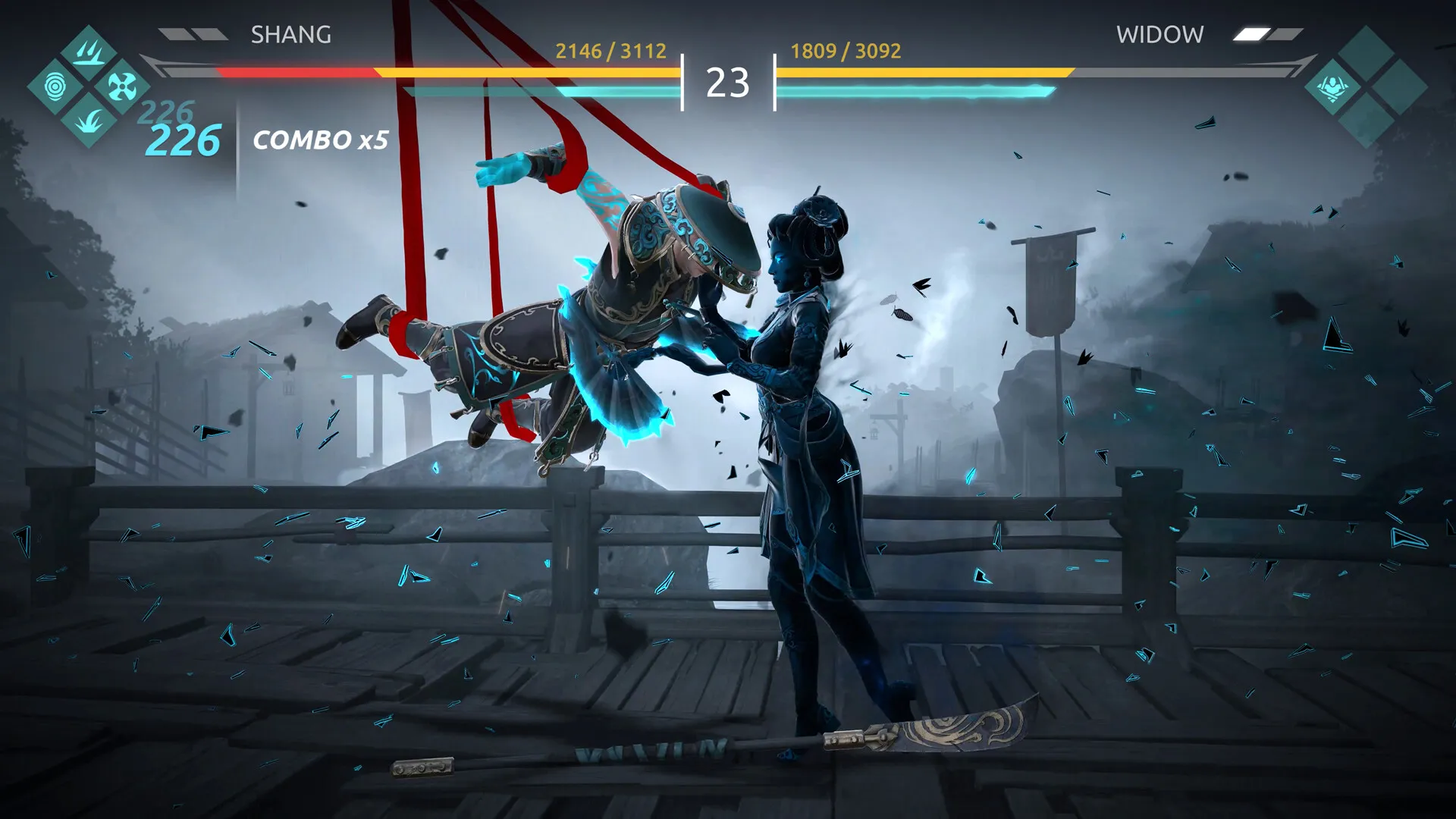
Section 10: Can Shadow Fight Arena Recover? What Needs to Change
Despite its problems, Shadow Fight Arena retains the bones of a potentially good fighting game varied heroes, interesting core mechanics, a recognizable brand and art style, and moments of fun when matches go smoothly. But to reclaim its promise, the developers must address several structural issues:
Rebalance heroes and gear so that matches don’t become about who has the stronger upgrade path rather than who fights better. Gear bonuses should be more modest or aesthetic to avoid overpowering new/ free players.
Revise progression pace to make hero unlocks, shards, and upgrades more accessible through skill-based or time‑balanced rewards rather than grind walls. This could involve battle‑pass reworks, more frequent freebies, or more generous daily rewards.
Overhaul matchmaking algorithms to better pair players by true skill, hero level, and gear stats not just trophies or ranking ensuring fairer fights and reducing frustration from mismatched battles.
Push balance patches more aggressively tweak overpowered heroes, adjust stances or mechanics that promote camping or spam, refine throw/guard-break systems to reward active play, not passivity.
Stabilize online infrastructure reduce disconnects, lag, and match instability so that skill and decision‑making can shine without network interference.
Increase content cadence more heroes, new modes, rotating events, and systems that incentivize variety. A vibrant roster and fresh content help maintain community interest and discourage stale metas.
If the developers commit to these changes, SFA could transform from a flawed but promising title to a more respected, balanced fighting game one that honors its heritage and challenges its community fairly.
Conclusion
Shadow Fight Arena shines in moments: when the combat flows smoothly, animations land perfectly, and both players bring equal footing. Its hero variety, visual polish, and ambition show what a modern, mobile/PC‑cross fighting game can attempt. But too often, issues hero imbalance, pay-to-win upgrades, grindy progression, poor matchmaking, passive metas, and technical instability overshadow that potential.
For many, SFA ends up as a fighting game in name only: where gear, upgrades, and luck overshadow reflexes, timing, and skill. It risks losing its competitive spirit and alienating players who value fairness and challenge.
That said the core architecture remains salvageable. With focused balance updates, better progression design, infra improvements, and commitment to fairness, Shadow Fight Arena still has a chance to become what it set out to be: a worthy evolution of the Shadow Fight legacy. Whether it does depends on whether developers choose commodity‑driven design or respect for genuine fighting‑game values.









